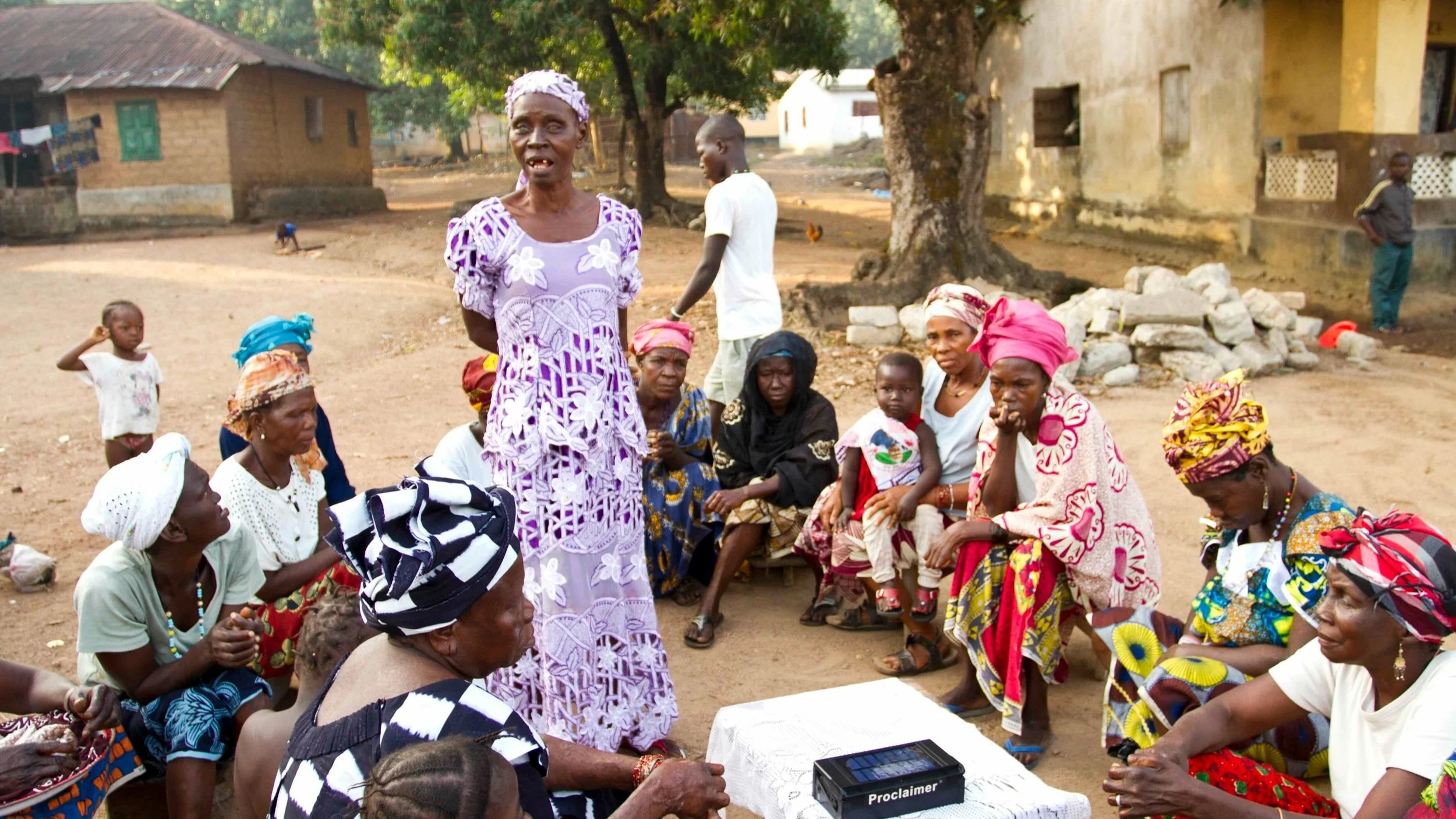The Unseen Majority in Global Missions
Over 1.3 billion people worldwide (1 in 6 of us!) live with some form of disability, according to the World Health Organization. This is not a niche issue—it’s a global reality. People with disabilities make up the world’s largest minority group, and uniquely, it’s the only group that anyone can join at any time, whether through accident, illness, aging, or life circumstances.
And yet, people with disabilities remain one of the least reached and most overlooked populations in the world when it comes to discipleship, inclusion, and access to the Gospel.
They are the largest unreached people group you’ve likely never heard of, one that transcends nationality, race, gender, region, language, and educational background. Disability crosses every boundary. It’s not confined to one place or people, it’s part of the human condition. And yet, this global population remains overwhelmingly overlooked in missions, ministry, and discipleship.
Despite living in nearly every village, city, and church congregation, people with disabilities are often excluded, not just from jobs or schools, but from the community of faith itself. Cultural stigma, physical barriers, shame, and silence have created invisible walls that keep millions from being seen, known, and welcomed into the body of Christ.
This is not just a humanitarian issue. It is a spiritual crisis.
“Go out quickly into the streets and alleys of the town and bring in the poor, the crippled, the blind and the lame.” — Luke 14:21
Jesus’ words here aren’t just a metaphor. It is a mandate.
In many parts of the world, people with disabilities are still hidden indoors, institutionalized, or treated as cursed or less-than-human. They are denied access to education, employment, healthcare, and basic inclusion in society. This exclusion often leads to a devastating feedback loop of poverty and disability, where limited access to healthcare, nutrition, clean water, or assistive devices perpetuates vulnerability and suffering.
In Africa alone, over 80 million people live with disabilities, a number equal to the entire population of Germany. Many of these individuals have never heard the Gospel presented in a way they can understand, access, or respond to.
Why?
Because the barriers are not only physical, they are deeply attitudinal.
Churches often lack basic accommodations like ramps, interpreters, or materials in Braille or plain language. Most lack training on how to welcome and disciple people with intellectual or developmental disabilities. But more than any of this, the greatest barrier is often mindset, a failure to see people with disabilities not only as worthy of ministry, but as vital to it.
That’s why AHI’s work is grounded in helping churches, leaders, and communities move through the 5 Stages of Attitudes Towards Disability:
Ignorance – where people are unaware or uninformed.
Compassion – where people feel sorry, but often still act from a place of superiority.
Care – where individuals begin to take action, often through charity or service.
Friendship – where people move toward relationship and mutuality.
Co-laboring – where people with and without disabilities serve together as equal members of Christ’s body.
At AHI, we believe this movement is spiritual formation.
Through our programs, we equip local leaders, many of whom have disabilities themselves, to disciple others toward a deeper biblical vision of inclusion. We challenge ableism not just at the level of buildings, but at the level of the heart.
We ask:
What does it mean to believe someone with a disability is made in God’s image?
What does Luke 14 require of us in how we structure our churches and ministries?
What needs to change in how we see, value, and make space for every person?
These are not just theological questions, they are discipleship questions. And as attitudes shift, so do systems, relationships, and the church itself.
Our vision is not only to reach people with disabilities, but to see them rise up as pastors, teachers, evangelists, and community leaders. Not objects of charity, but agents of transformation.
What would change if we saw disability not as a barrier to faith, but as a pathway?
The Lausanne Movement affirms that “full inclusion of people with disabilities is not optional for the Church, but essential to its witness.”* When we only invite those who can enter our buildings, follow our social norms, and communicate on our terms, we miss out on the fullness of the Gospel.
People with disabilities reflect the image of God, not despite their disability, but with it. Their lives, experiences, and voices offer something the Church desperately needs: a deeper understanding of grace, dependence, and community.
At Accessible Hope International, we believe that when churches, missions agencies, and communities embrace disability inclusion as central to their call, not an afterthought, we will begin to reach this overlooked people group with the hope, dignity, and belonging they’ve always deserved.
Want to go deeper?
Explore the Lausanne Occasional Paper: Ministry Among People with Disabilities
Learn why 80% of people with disabilities in Africa remain unreached: The Overlooked Mission Field
This Month, let us not only pray for healing and access, but for boldness and repentance. May the global Church wake up to the Spirit’s call to invite in the overlooked, uplift the marginalized, and be transformed by those we thought were the mission field, but who might just be the missionaries among us.








